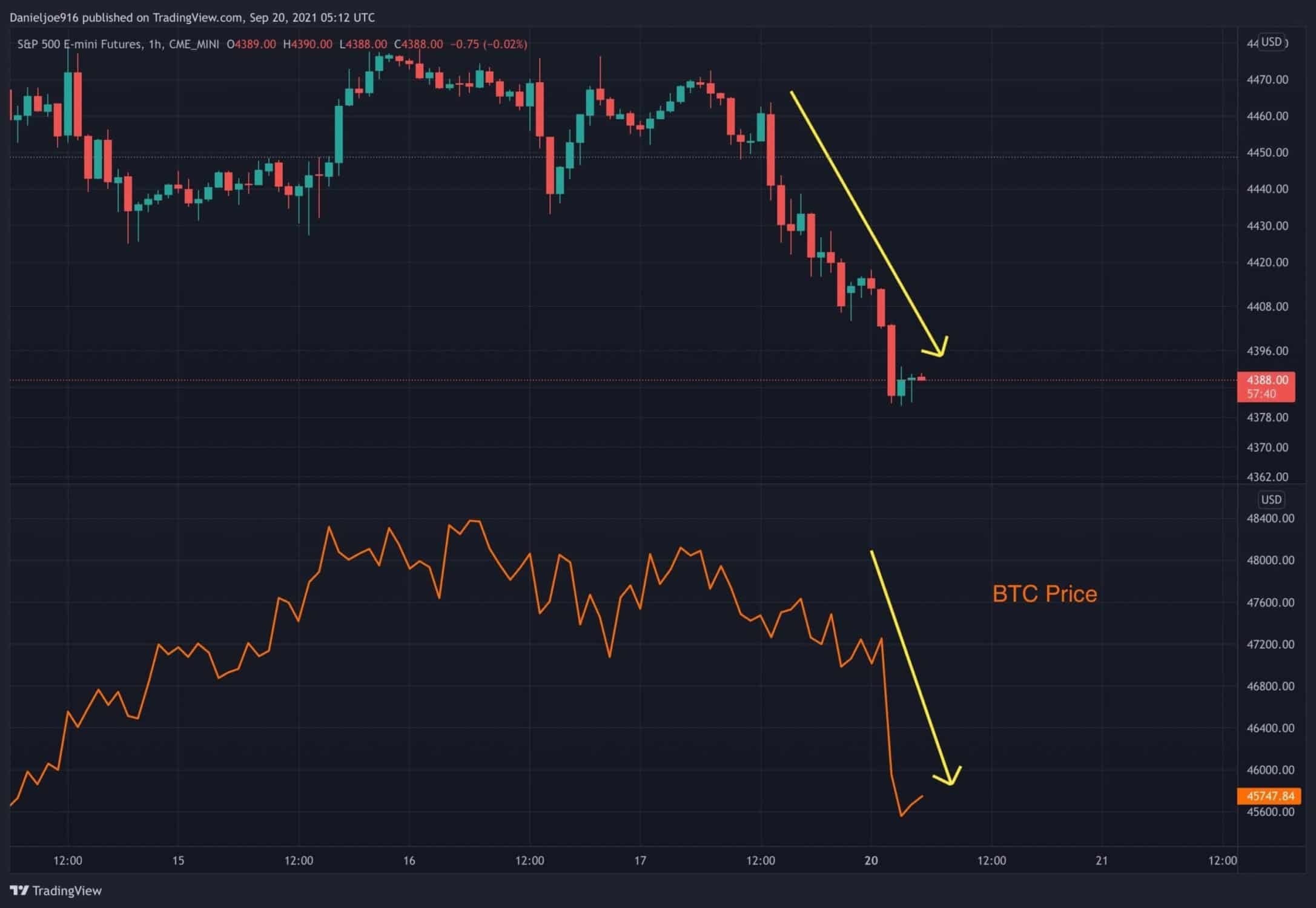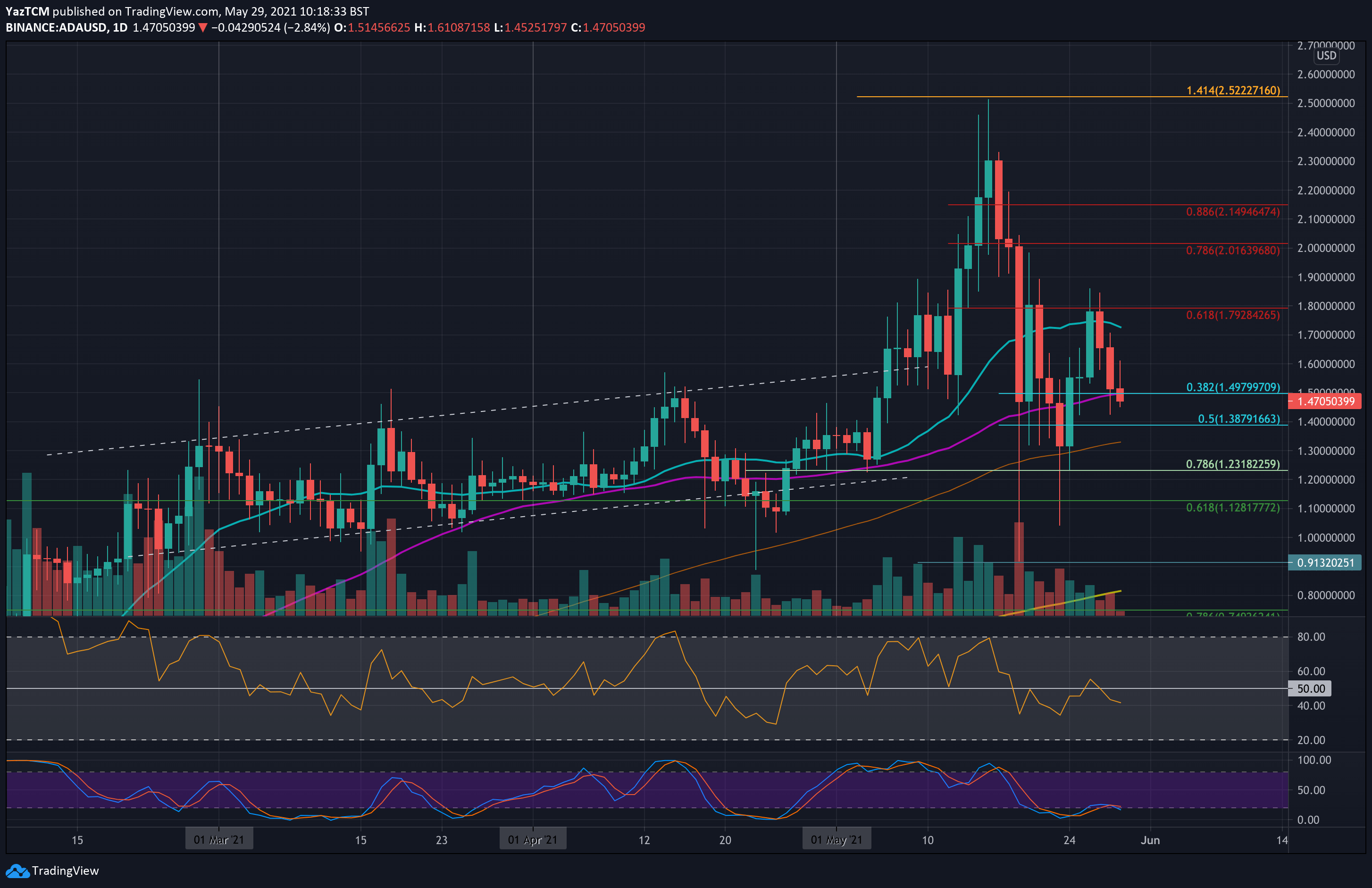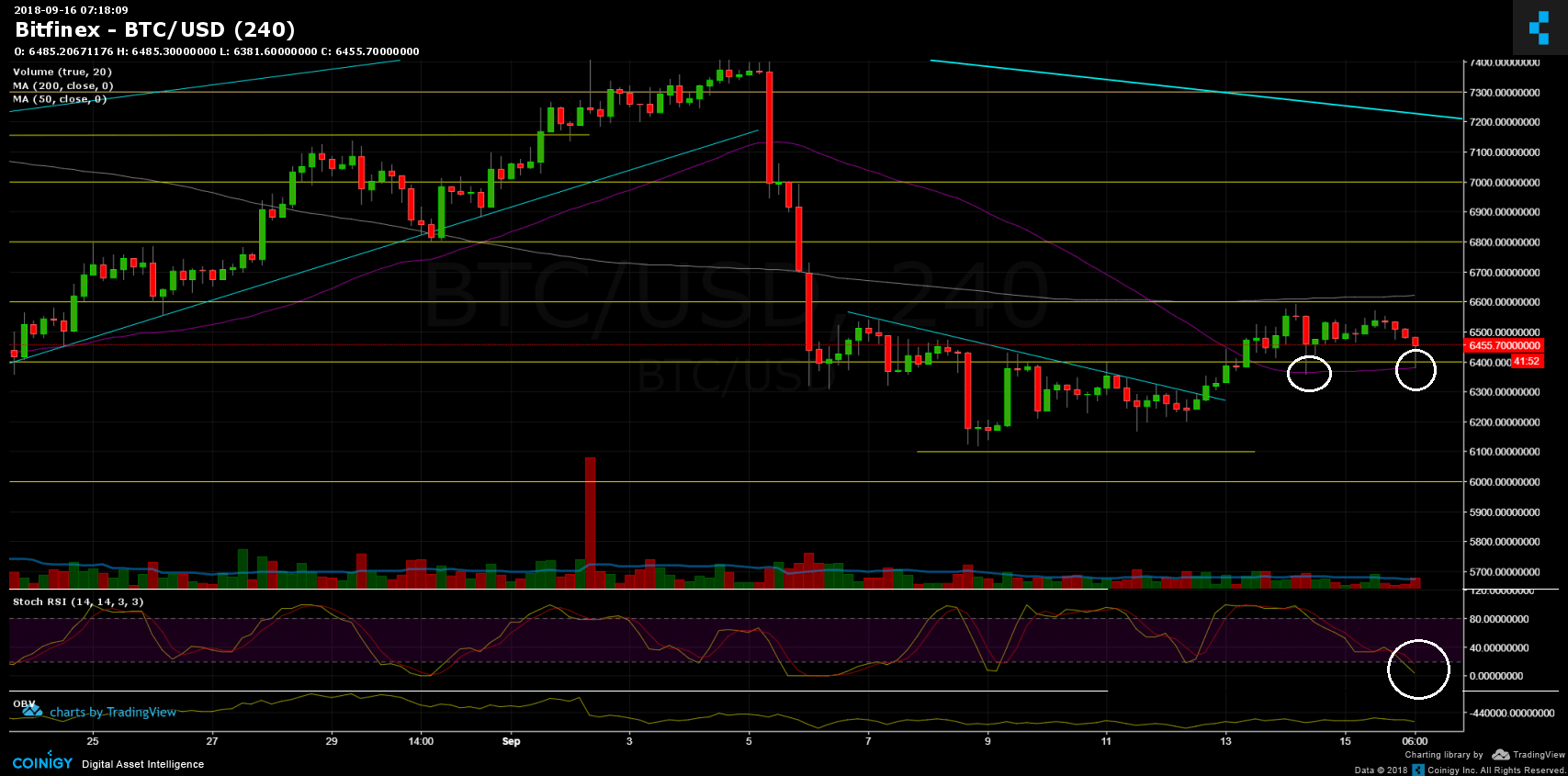Crypto City Guide to Prague: Bitcoin in the heart of Europe
Prague is the birthplace of the world’s first hardware wallet, the first Bitcoin mining pool, and, reportedly, even the first Bitcoin cafe. It is among the most affluent cities in Central Europe, visited by millions of tourists each year.
Ranked as one of Europe’s most charming and beautiful cities, Prague is a burgeoning tech hub with a new generation of crypto-saavy individuals populating its streets.
Fast facts
City: Prague
Country: Czechia
Population: 2.7 million (Metropolitan Area)
Established: 8th Century
Languages: Czech, Slovak, English, Ukrainian, German, Vietnamese, Russian

Understand
Known for its bridges, majestic fortifications and Bohemian architecture, Prague was voted the most beautiful city in the world last year by Time Out Magazine. At the crossroads of Europe, it’s visited by over 8 million tourists annually and has become a popular choice among filmmakers as a backdrop, including the makers of Mission: Impossible and Casino Royale.
More than 1,000 years ago, the migration of the Czech people — a Western Slavic tribe — founded the City of Prague on the banks of the Vltava river. Prague quickly developed into a major metropolitan center in medieval times and was the seat of many Bohemian kings who would also reign as the emperors of the Holy Roman Empire.
Ruled over variously by the Austrian Empire, a short era of independence, and then by Nazi Germany, Prague managed to escape destruction at the hands of Nazis or Allied bombers. But after just three years of independence after the war, communists backed by the Soviet Union staged a coup and toppled the country’s democratic government in 1948. Development stalled during communist times, and despite a flicker of hope for liberalism in the Prague Spring of 1968, it wasn’t until the Velvet Revolution protests that the ruling communist party resigned on Nov. 28, 1989, putting the local people once again in charge of their own destinies.

Crypto culture
Today, Prague is a leading tech hub in Central Europe. Having changed currencies once a generation due to their various rulers and independence, the Czech people are known for monetary skepticism and have enthusiastically adopted digital currencies. This interest has been compounded by the growing inflationary pressure on the Czech koruna (CZK), which stood at 18.0% per annum in June 2022.
Firms such as SatoshiLabs, Alza, Trezor, Braiins and many others have ramped up education about digital assets in the country. However, the Czech National Bank has largely remained on the sidelines with regard to regulating the industry. While interest in crypto remains strong among the Czech people (especially those in Prague), recent industry blowups and bear market sell-offs have hampered confidence somewhat.
But that does not take away from the fact that it was here where the world’s first hardware wallet, first Bitcoin mining pools and first Bitcoin coffee shop all came into action within the past decade. In recent years, Prague has also become a hotspot for digital nomads, being voted as the top destination in the world for remote work, along with Krakow, Poland in 2021. Thanks to the effort of early adopters, the city is rife with crypto meetups, hackathons, venues and seminars that make it distinct from its neighbors in Central Europe.

Notable Projects
Nowadays, cryptocurrency hardware wallets are renowned for their ability to safeguard investors’ assets in a self-custodied manner, but just who invented them? The idea all started in 2011 after a Bitcoin conference in Prague.
Two crypto enthusiasts, Pavol “Stick” Rusnák and Marek “Slush” Palatinus envisioned a small, single-purpose computer that would securely store users’ Bitcoin private keys. In 2013, the two founded SatoshiLabs. The following year, the first-ever Trezor wallet — Trezor One — launched. Then came the Trezor Model T, which added a touchscreen to the device. Both devices have sold over 1 million units since inception, with their firmware patched monthly or so. It has become the standard for hardware crypto storage worldwide.
We and @invity_io are safe & sound in Miami, ready to discuss sound money with you at @TheBitcoinConf.
Wallets? ✅
Keys? ✅
Booth AMAs, prizes, other activities? You bet!We will be sharing the conference experience with you along the way. Let our crew tell you more details: pic.twitter.com/vNiEmZtggR
— Trezor (@Trezor) April 6, 2022
SatoshiLabs comprises a basket of companies (Trezor, Invity and Tropic Square) forming the forefront of crypto and tech development in Czechia.

Apart from its flagship product, it is also responsible for creating over 20 industry standards, such as the recovery seed and passphrase used in all cryptocurrency hardware wallets today.
Like many in the crypto industry, they were incensed by the Russian invasion of Ukraine this year and wanted to help. Vojtěch Černý, head of commerce at Trezor, and Bach Nguyen, head of business development at Invity, drove nearly 900 kilometers to the Slovak–Ukrainian border town of Vel’ké Slemence, delivering humanitarian supplies and bringing back four women and two children refugees to safety in Czechia.
SatoshiLabs also donated 1 million euros worth of Bitcoin to charities helping Ukraine shortly after the war started, citing the “effects of occupation and destruction of individual freedom” during five decades of Communist rule over Czechoslovakia as the inspiration.
Invity is another branch of SatoshiLabs.
The firm is a price aggregator that scrutinizes every crypto exchange and other platforms to find the best rates for purchasing cryptocurrency. It combines everything in one place with a straightforward interface designed for users just getting into crypto. Invity also has a wide range of resources about education for novel crypto enthusiasts.
Lastly, during the development of Trezor at SatoshiLabs, it became clear that the firm needed an auditable integrated circuit with better security solutions than market alternatives. Thus, Tropic Square was born with an ambitious plan to make an open-source, auditable custom chip to transform low entropy code into high entropy data for cryptographic operations. Led by tech-savvy developers such as CEO Evžen Englberth and chief technology officer Jan Pleskač, chips developed by Tropic Square are now found in each and every one of Trezor’s hardware wallets.

Before he created Trezor, Palatinus founded the first Bitcoin mining project in Prague in 2010, which was simply called Bitcoin.cz. After he moved on, Braiins, a company doing embedded Linux development and research, took over the mining pool and renamed it accordingly (until recently rebranding it back to Slush Pool), with 1.3 million BTC mined since inception.
Fast forward to now, Braiins/Slush Pool has grown to become one of the biggest Bitcoin mining pools. There are currently over 15,000 users of the firm’s mining optimization software in the space, with its total hash rate accounting for 5%–8% of the overall Bitcoin network. The company derives 100% of its income via BTC and charges a 2%–2.5% commission from its mining firmware.
Kristian Csepcsar, chief marketing officer of Braiins, explains that mining and Bitcoin is a way of life — not just a way to make money:
“Bitcoin miners are one of the most hardcore Bitcoiners, and their commitment to secure networks can be seen in the global hash rate numbers. Bitcoin’s price fell more than 70% recently, but the hash rate has only dropped about 20% from all-time highs…. Bitcoin’s relative price to fiat can change, but Bitcoin will be forever one Bitcoin, and miners deeply understand this point.”

General Bytes is the world’s second-largest Bitcoin and ATM manufacturer, with offices in Prague and Bradenton, Florida. Since its inception in 2013, the company has sold over 13,000 machines across 142 countries, most of which are located in the United States.

More than 180 fiat currencies can be used to purchase 60+ types of digital assets at its cash machines. Over 22.5 million crypto transactions have been performed worldwide on its network of Bitcoin ATMs.
Backed by the $2.5-billion Rockaway Capital, the Rockaway Blockchain Fund is a venture capital firm backing leading Web3 founders. Founded in 2020, the Prague-based firm has now invested in 36 projects and 26 funds. In addition to investing capital and boosting liquidity, Rockaway backs its projects through community networking, a staking team that runs its validator nodes, and an in-house development team known as RBF Labs. It was one of the early backers of Solana, along with several investments in the Cosmos ecosystem, including Agoric.
Rockaway raised $123 million in its first VC fund, which is now nearly 75% deployed with a portfolio value of approximately $300 million as of June 30. In addition to that, RBF also has a separate lending fund that provides loans to market makers and liquidity to DeFi protocols, with an asset under management of approximately $35 million at the end of June.
Where can I spend my crypto?
Located near the heart of Prague’s Old Town is Bar No. 7, a laid-back venue with multilingual staff that’s extremely popular among expats and locals alike. It’s also a great place to go for value on one’s crypto: One can get delicious cocktails for around 150 CZK each ($6.24) and a pint of beer for just 25 CZK ($1.04) all paid for with crypto. There’s also a Bitcoin ATM located right inside the venue. But beware — it gets packed quickly in the evenings almost every day of the week.

For scenic, short-term rentals or long-ish stays, you can book and pay for lodging with Prague Siesta Apartments using Bitcoin. Apartments are located at the heart of Prague, a minute’s walk away from attractions such as the Old Town Square and the Astronomical Clock. Prices vary by season and typically fluctuate above or below 2,000 CZK per night ($83.08) with discounts for longer stays.
Paralelní Polis is the first coffee shop to accept cryptocurrencies in Central Europe and has been active since 2014. Though it has now largely evolved to become a co-working space and club venue, hosting various events, projects and refreshments for its members. But one can still purchase the venue’s original Bitcoin Coffee at its doorstep. Bitcoin, Litecoin or Lightning Network are accepted. It’s named after Czech activist Václav Benda’s 1973 concept of “Paralelní Polis” (Parallel Polis) — an independent society not oppressed by laws and decisions of representatives of central authorities. The idea became a rallying call for political dissidents and sounds very much like Libertarian Bitcoiner politics.
Alza is a leading e-commerce platform in Central Europe with close to $1.2 billion in annual sales. It has a catalog of crypto-related hardware devices that customers can pay for with Bitcoin (Ether and Litecoin payments are expected in the future). It also accepts Bitcoin on its local e-commerce subsidiaries operating in Slovakia, Germany, Austria, the United Kingdom and on Alzashop.com.
For crypto tourists who don’t have an address in Prague to deliver to, you can get products shipped to the unique Alza Boxes package lockers for pickup. And thanks to General Bytes, it is also possible to buy cryptocurrencies at some of Alza’s retail locations via in-store ATMs.
Finally, A Maze in Tchaiovna is a solid venue for tea and craft beer lovers alike. It is an all-in-one stop that combines elements of a teahouse, theater, gallery and bar. Cryptocurrency can be tendered for beverages and snacks. Live music is available periodically.
IT’S HERE.
…the handbook with everything you and your friends need to know about the basics of bitcoin mining.
We have 400 free copies to share this week at @MiningDisrupt in Miami, and it’ll soon be available on Amazon (hardcopy) and on the Braiins website (free e-book). pic.twitter.com/vzTCUfXZmI
— Braiins | bitcoin mining tools (@braiins_systems) July 25, 2022
Education
Braiins, the company behind Slush Pool, runs a regular blog about how to get started on one’s Bitcoin mining rig, along with the economics of such an operation. Similarly, Alza has its own blog series dedicated to educating readers and shoppers about Bitcoin. But Braiins takes it one step further by also publishing a series of books about the nature of Bitcoin decentralization and the future. They are free to read and are available in both hard copies and as complete pdfs on its site.
Currently, the University of New York in Prague is issuing digital diplomas using blockchain technology for all degrees accredited by the Czechia’s Ministry of Education. Students are provided a hyperlink to such accreditation with a QR code attached to verify its authenticity and can be freely shared among social networks.

Controversies
Being a closely-knit crypto community, Prague is not known for crypto scams or digital asset-related crime. The majority of misconduct happened in the previous decade, such as the collapse of the Bitcash.cz crypto exchange in 2013 and the theft of approximately 485 BTC. Another instance involved Czech national Tomáš Jiříkovský and his alleged role in laundering $40 million worth of BTC in stolen funds from a securities fraud case in 2015. Earlier this year, an incident occurred with Trezor where the firm’s customer data was breached on third-party data vendor Mailchimp. It subsequently evolved into a phishing scam before it was quickly addressed.
That said, a much more serious incident occurred on August 18. Via a zero-day bug, hackers made themselves the default administrators of General Bytes’ ATMs and modified settings so that all deposits were transferred to their wallet address. A central client access server hosting the entirety of the company’s operation was compromised. General Bytes has urged customers to refrain from using its servers until its owners patches the exploit in an update.
Notable People
Pavol “Stick” Rusnák, co-founder of SatoshiLabs; Mark “Slush” Palatinus, co-founder of SatoshiLabs; Pavel Moravec, co-CEO of Braiins; Jan Capek, co-CEO of Braiins; Bach Nguyen, head of business development at Invity; Vojtěch Frgál, CEO of General Bytes; Evžen Englberth CEO of Tropic Square; Jan Pleskač, chief technology officer of Tropic Square; Josef Tětek, economist and SatoshiLabs’ brand ambassador; Kristian Csepscar, chief marketing officer of Braiins; Vojtěch Černý, head of commerce at Trezor; Tommy Poole, owner of Bar No. 7 Praha.
Cointelegraph members based in Prague:
Ever wonder whose creative mind is behind that of Cointelegraph’s signature artistic style? Well, Cointelegraph’s talented art team is led none-other by lead artist and art editor Anastasia Zhdanova, who is based in Prague. With an art career spanning 13+ years, Zhdanova is also the creator behind the Серые будни магов (Magic Routine) comic series. She graduated from the prestigious Stieglitz Academy of Art and Design in Saint Petersburg, Russia.

If you have any suggestions for additions to this guide, please get in touch with zhiyuan.sun@cointelegraph.com









